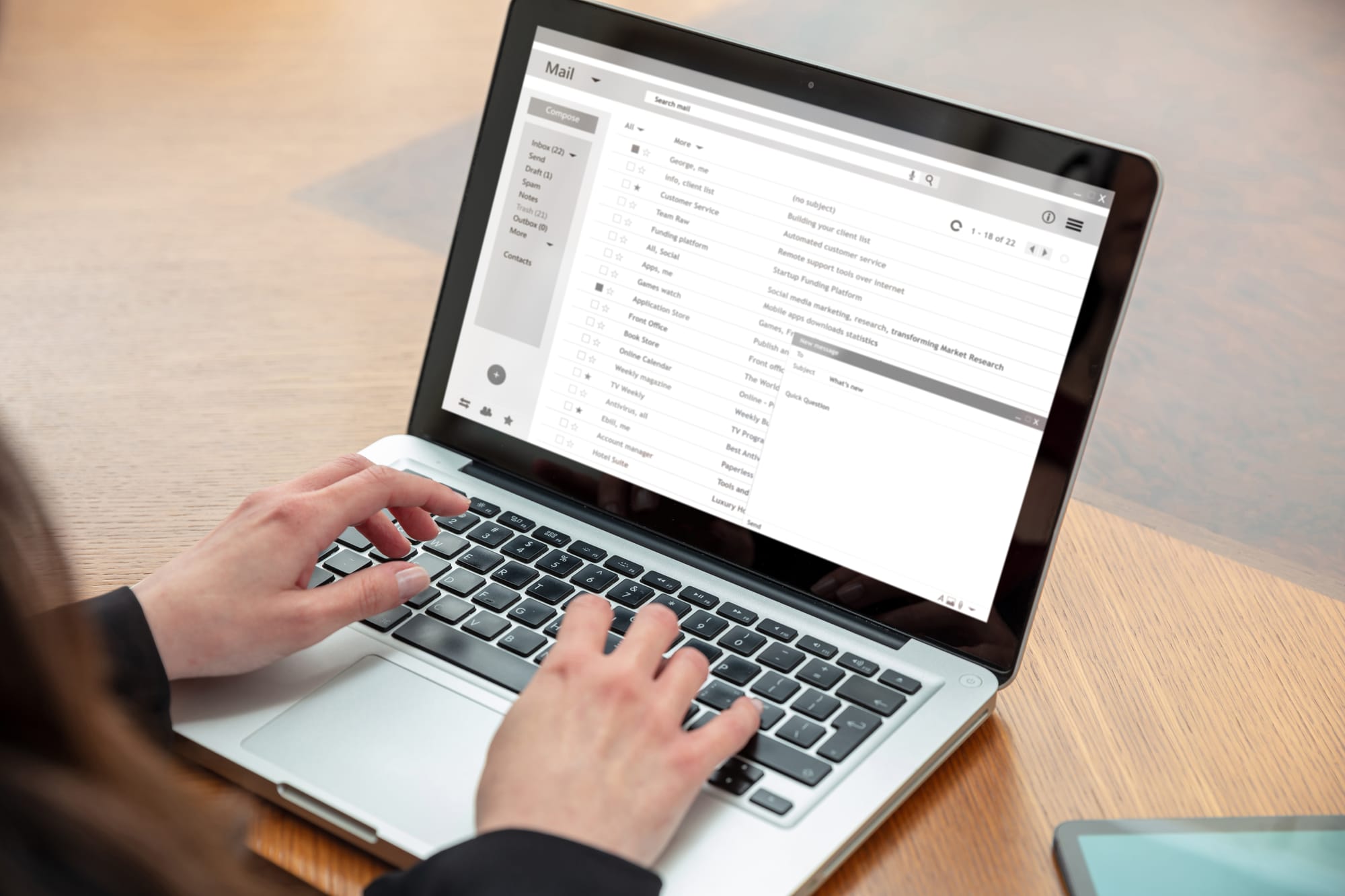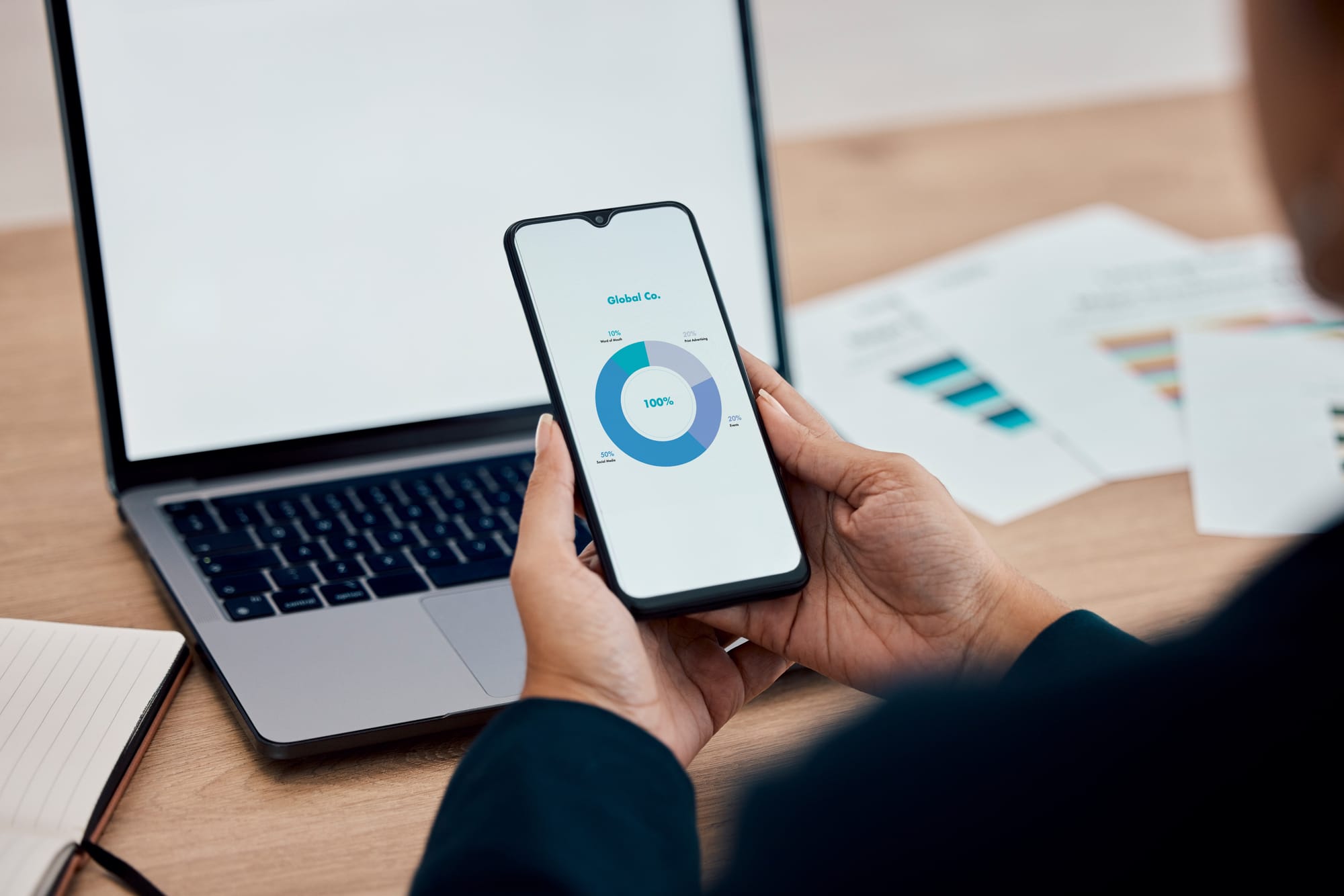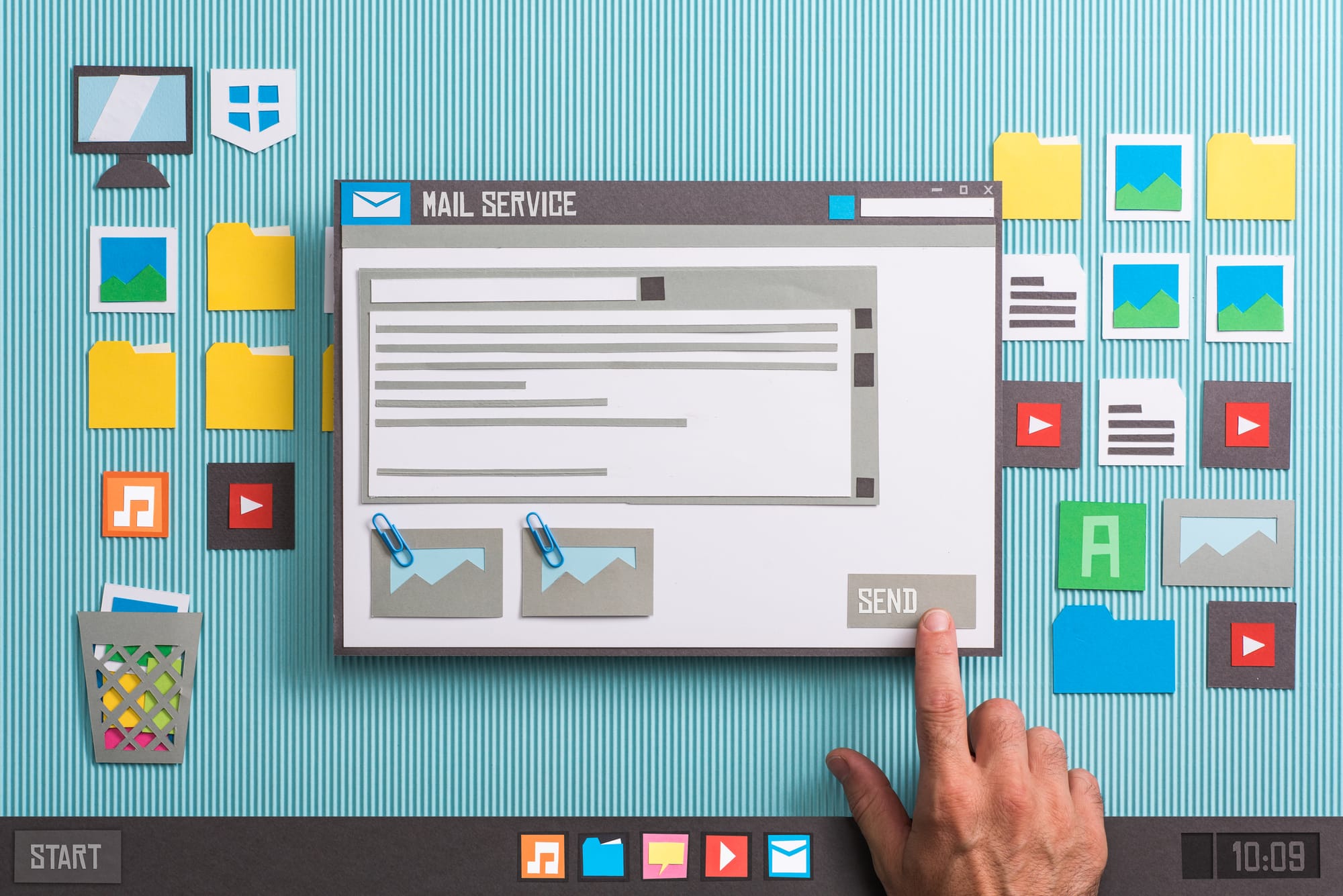Introduction
Once you have a growing list of subscribers, the next step is to create engaging and valuable email content. Your emails should be well-crafted, relevant, and personalized to resonate with your audience. In this article, we will explore the key elements to consider when crafting effective email content: subject lines, personalization, compelling copy, calls to action (CTAs), and mobile optimization. By mastering these components, you can increase engagement, build stronger connections with your audience, and drive more conversions.
The Importance of Well-Crafted Email Content
Effective email content is the cornerstone of successful email marketing campaigns. It helps you maintain a strong relationship with your subscribers, encourages them to take action, and ultimately drives the success of your marketing efforts. High-quality email content is essential for:
Engagement: Capturing and holding the attention of your subscribers.
Retention: Keeping your subscribers interested and preventing them from unsubscribing.
Conversions: Encouraging subscribers to take specific actions, such as making a purchase or signing up for a webinar.
Brand Loyalty: Building a strong connection with your audience and fostering long-term loyalty.
Subject Lines: The Gateway to Your Email
The subject line is the first thing subscribers see when they receive your email. It plays a crucial role in determining whether they will open it. Here are some tips for crafting attention-grabbing subject lines:

Be Clear and Concise
Your subject line should communicate the main point of your email in a clear and concise manner. Aim for a length of 50 characters or less to ensure it displays properly on all devices.
Example: "Exclusive Offer: 20% Off This Weekend Only"
Create a Sense of Urgency
Using words that create a sense of urgency can encourage subscribers to open your email immediately. Phrases like "limited time offer" or "act now" can be effective.
Example: "Last Chance: Sale Ends Tonight!"
Personalize
Including the recipient's name or other personalized details in the subject line can make it more relevant and engaging.
Example: "John, Your Exclusive Invite Inside"
Use Numbers
Numbers can make your subject line stand out and convey a specific value. They also help set clear expectations for the content inside the email.
Example: "5 Tips to Boost Your Productivity Today"
Test and Optimize
A/B test different subject lines to see which ones perform better. Use the results to refine your approach and continually improve your open rates.
Personalization: Making Your Emails Relevant
Personalization goes beyond addressing the recipient by name. It involves tailoring the content of your emails to the specific needs and interests of each subscriber. Here are some ways to personalize your emails:
Use Data from Your CRM
Leverage data from your customer relationship management (CRM) system to personalize your emails. This can include purchase history, browsing behavior, and past interactions with your brand.
Example: "Based on Your Recent Purchase, You Might Like These Products"

Segment Your Audience
Divide your email list into segments based on specific criteria such as demographics, interests, or engagement levels. This allows you to send more targeted and relevant content to each group.
Example: "Special Offer for Our VIP Customers"
Tailor Content to Preferences
Use data on subscriber preferences to tailor the content of your emails. This can include recommending products based on past purchases or providing content that aligns with their interests.
Example: "New Articles on Topics You Love"
Compelling Copy: Persuasive and Valuable
Your email copy should be persuasive, concise, and focused on providing value to your subscribers. Here are some tips for writing compelling email copy:
Highlight Benefits, Not Just Features
Focus on the benefits of your product or service rather than just listing its features. Explain how it can solve a problem or improve the subscriber's life.
Example: "Save Time and Increase Productivity with Our New Software"
Use Clear and Straightforward Language
Avoid jargon and complex language. Use clear and straightforward language that is easy to understand.
Example: "Get More Done in Less Time with Our Simple Tools"
Create a Sense of Urgency
Encourage subscribers to take action by creating a sense of urgency. Use phrases like "limited time offer" or "only a few spots left."
Example: "Hurry! Only 3 Spots Left for Our Webinar"
Be Concise
Keep your email copy concise and to the point. Long paragraphs can be overwhelming and may cause readers to lose interest.
Example: "Join Our Webinar to Learn the Top 5 Marketing Strategies for 2021"
Include Social Proof
Social proof, such as testimonials or reviews, can help build trust and credibility. Include quotes from satisfied customers or highlight positive feedback.
Example: "See Why Thousands of Customers Love Our Product"
Calls to Action (CTAs): Guiding Subscribers to Take Action
Every email should have a clear call to action (CTA) that guides subscribers towards the desired action. Here are some tips for creating effective CTAs:
Be Clear and Direct
Your CTA should clearly communicate what you want the subscriber to do. Use direct language that leaves no room for ambiguity.
Example: "Download Your Free Guide Now"

Make It Prominent
Ensure that your CTA stands out from the rest of the email content. Use contrasting colors, bold text, or buttons to make it visually prominent.
Example: "Shop Now" button in a bright color
Use Action-Oriented Language
Use action-oriented language that encourages immediate action. Phrases like "get started," "claim your discount," or "reserve your spot" can be effective.
Example: "Get Started with a Free Trial"
Create a Sense of Urgency
Encourage subscribers to act quickly by creating a sense of urgency. Use phrases like "limited time offer" or "act now."
Example: "Act Now – Sale Ends at Midnight!"
Limit the Number of CTAs
Avoid overwhelming your subscribers with too many CTAs. Focus on one primary CTA per email to increase the chances of conversion.
Example: "Join Our Newsletter" as the main CTA
Mobile Optimization: Ensuring a Seamless Experience
With the increasing use of smartphones, it's crucial to ensure your emails are mobile-friendly. Here are some tips for optimizing your email design and layout for mobile devices:
Use Responsive Design
Use responsive design to ensure that your emails display properly on different devices and screen sizes. This involves using flexible layouts and images that adjust to the screen size.
Example: "A single-column layout that adapts to mobile screens"
Keep Subject Lines Short
Shorter subject lines are more likely to display fully on mobile devices. Aim for 30-40 characters to ensure they are not cut off.
Example: "Limited Time Offer – 20% Off"
Optimize Images
Ensure that images load quickly and display properly on mobile devices. Use alt text for images in case they do not load.
Example: "Alt text: '20% Off Sale Banner'"
Use Larger Fonts
Use larger fonts to improve readability on small screens. Aim for a minimum font size of 14px for body text and 22px for headlines.
Example: "Headline font size: 22px; Body text font size: 14px"
Simplify Navigation
Simplify the navigation in your emails to make it easy for subscribers to click on links and CTAs. Use large buttons and avoid placing links too close together.
Example: "Large 'Shop Now' button with ample spacing"
Examples of Effective Email Content

Case Study 1: Dropbox
Dropbox uses concise and visually appealing emails to engage with their subscribers. Their emails often feature a clear and direct CTA, such as "Download Now" or "Learn More," making it easy for subscribers to take action. They also use clean, simple designs that are easy to read on both desktop and mobile devices.
Case Study 2: Trello
Trello's email campaigns are known for their engaging and informative content. They use personalization to tailor their emails to the recipient's interests and behavior. For example, they might send a personalized email with tips on how to use Trello more effectively based on the recipient's recent activity. Their CTAs are clear and action-oriented, encouraging subscribers to explore new features or sign up for webinars.
Case Study 3: Airbnb
Airbnb uses stunning visuals and compelling copy to capture the attention of their subscribers. Their emails often include personalized recommendations based on the recipient's past searches or bookings. The CTAs are prominent and encourage immediate action, such as "Book Now" or "Explore More."
Analyzing and Optimizing Email Content
To ensure the effectiveness of your email content, it's essential to analyze and optimize your emails regularly. Here are some key metrics to track:
Open Rates
Open rates indicate the percentage of subscribers who opened your email. A high open rate suggests that your subject line and sender name were compelling enough to capture attention.
Click-Through Rates
Click-through rates measure the percentage of subscribers who clicked on a link or CTA in your email. This metric helps you gauge the effectiveness of your email copy and CTAs.
Conversion Rates
Conversion rates measure the percentage of subscribers who completed the desired action, such as making a purchase or signing up for a webinar. This metric indicates how successful your email was in driving conversions.
Bounce Rates
Bounce rates indicate the percentage of emails that were not delivered successfully. A high bounce rate may suggest issues with your email list or deliverability.

Unsubscribe Rates
Unsubscribe rates measure the percentage of subscribers who opted out of your email list after receiving your email. A high unsubscribe rate may indicate that your content is not meeting the expectations of your subscribers.
A/B Testing
A/B testing involves sending two different versions of an email to a small segment of your audience to see which one performs better. You can test various elements such as subject lines, email copy, visuals, and CTAs. Use the results to optimize your emails for better performance.
Future Trends in Email Content
AI and Machine Learning
Artificial intelligence (AI) and machine learning are transforming email marketing by enabling more advanced personalization and automation. AI can analyze vast amounts of data to predict subscriber behavior and deliver highly relevant content. Machine learning algorithms can optimize email send times, subject lines, and content for better engagement.
Interactive Emails
Interactive emails include elements such as polls, surveys, quizzes, and interactive images that encourage recipients to engage directly within the email. Interactive emails can increase engagement and provide valuable insights into subscriber preferences.
AMP for Email
Accelerated Mobile Pages (AMP) for email allows for more dynamic and interactive email experiences. With AMP, recipients can take actions such as filling out forms or making reservations directly within the email, without having to navigate to a separate webpage.
Conclusion
Crafting effective email content is crucial for the success of your email marketing campaigns. By focusing on attention-grabbing subject lines, personalization, compelling copy, clear CTAs, and mobile optimization, you can create engaging and valuable emails that resonate with your audience. Regularly analyze and optimize your emails to ensure they continue to meet the needs and expectations of your subscribers.
HAVE YOUR OWN WRITING, MARKETING, PUBLISHING COACH 24/7 FOR PENNIES PER DAY!
SAVE TODAY ONLY! Click this link now: https://www.authorutopia.com/signup/
BECOME A MEMBER OF OUR ELITE COMMUNITY OF ASPIRING AUTHORS AND ENTREPRENEURS AND BE A RISING STAR FASTER THAN YOU EVER DREAMED POSSIBLE. Click the link below now to get our best offer ever: https://www.authorutopia.com/signup/


